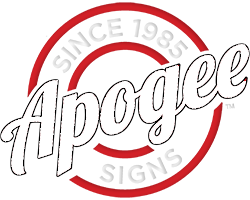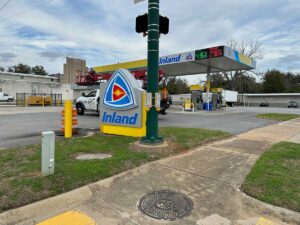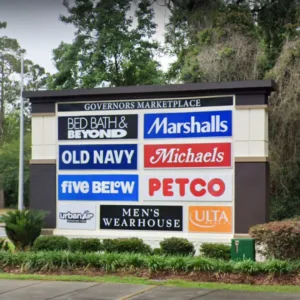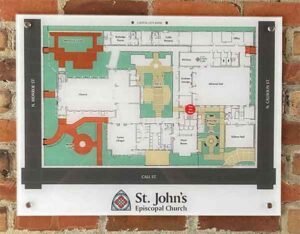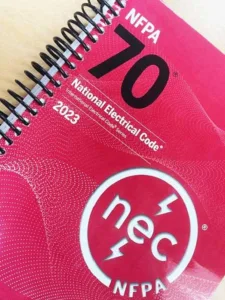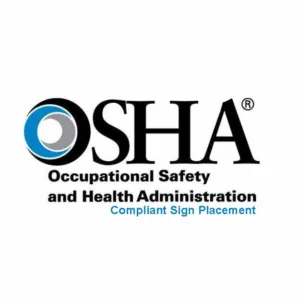
Ensuring workplace safety and compliance with OSHA regulations is a fundamental responsibility for business owners and employers. One key aspect of achieving this goal is the proper placement of signage throughout the workplace. These signs play a crucial role in communicating important information about hazards, emergency procedures, and safety precautions to both employees and visitors. However, understanding where to place these signs and ensuring they are easily noticeable and comprehensible can be a complex task.
To navigate this important aspect of workplace safety effectively, it’s essential to have a clear understanding of the types of signs required and their optimal placement. In this article, we will delve into the various types of signage commonly needed to comply with OSHA regulations, ranging from safety signs to fire extinguisher indicators. We will also provide insights into where and how these signs should be strategically positioned within your business premises to maximize their effectiveness. Whether you’re a seasoned safety professional or new to the world of workplace safety compliance, this guide aims to provide valuable insights into ensuring that your workplace is well-equipped with the right signs to protect the health and well-being of your employees and visitors. Here are 10 general guidelines for the placement of common types of signs:
- Safety Signs (Danger, Warning, Caution): OSHA may require safety signs to communicate specific hazards or safety information. These signs typically use standardized symbols and colors. For example, “Danger” signs indicate immediate hazards, “Warning” signs signify potential hazards, and “Caution” signs are used for precautionary measures. These signs should be placed in areas where specific hazards are present. They should be positioned at eye level and within the line of sight of individuals who need to be aware of the hazard. Ensure that they are well lit and not obstructed by other objects or equipment.
- Exit Signs: OSHA mandates that businesses have clear and well-lit exit signs to indicate emergency exit routes. These signs should be easily visible and follow specific design and placement guidelines. They should be placed above exit doors and along exit routes. They should be positioned so that they are visible from any point in the building. Exit signs should have emergency lighting to remain visible in case of power failure.
- Fire Extinguisher Signs: These signs indicating the location of fire extinguishers should be posted in conspicuous places. These signs help employees and visitors locate firefighting equipment quickly in case of a fire emergency. They should be located near fire extinguishers and fire extinguisher cabinets and should be easily visible and identifiable. Ensure that they are not obstructed by objects or other signage.
- First Aid Signs: First aid stations or kits should be clearly marked with appropriate signage. These signs help people locate first aid supplies and equipment. They should be placed near first aid stations or first aid kits and be clearly visible and easily accessible. To be compliant, ensure that they are not hidden or obstructed by other items.
- Hazard Communication (HazCom) Signs: If a business uses or stores hazardous chemicals, OSHA’s Hazard Communication Standard (HazCom) requires labeling of containers and the use of specific signs and symbols to convey information about chemical hazards. These signs should be placed on containers of hazardous chemicals, such as chemical drums or containers of hazardous materials. They should be positioned in a way that makes it clear which chemicals they apply to.
- Electrical Hazard Signs: If there are electrical hazards in the workplace, appropriate signs should be used to warn employees and visitors about electrical dangers. These signs should be placed near electrical equipment or in areas with electrical hazards and be easily visible to warn individuals about potential electrical dangers.
- Confined Space Signs: If there are confined spaces in the workplace, OSHA may require signs to alert workers to the presence of these spaces and provide information about entry procedures. They should be located near the entrances to these spaces and clearly indicate the nature of the hazard and any entry requirements.
- No Smoking Signs: OSHA regulations may require “No Smoking” signs should be placed in areas where smoking is prohibited due to fire hazards or safety concerns. They should be easily visible at entrances and in designated smoking areas.
- PPE (Personal Protective Equipment) Signs: Signs may be used to remind employees to wear specific personal protective equipment, such as helmets, safety goggles, or hearing protection, in designated areas. These signs should be placed in areas where specific PPE is required, such as construction sites or chemical handling areas. They should be positioned near the relevant equipment or workstations.
- Emergency Evacuation Signs: Businesses are often required to have evacuation route signs that should clearly indicate the path to take during an emergency and lead to assembly areas.
It’s important to conduct a hazard assessment of your workplace to determine where specific signs are needed. By conducting a hazard assessment, businesses can tailor their safety efforts to specific risks present in their environment. Properly placed signage is just one part of this comprehensive approach to workplace safety. In addition to OSHA requirements, consider local building codes and regulations that may dictate signage placement. Regular inspections and maintenance of signs are also essential to ensure their effectiveness.
Implementing a proactive approach to safety that includes hazard assessment and appropriate signage placement is essential for OSHA compliance and, more importantly, for protecting the well-being of all individuals within your workplace. Safety should always be a top priority, and by adhering to regulatory requirements and actively identifying and addressing hazards, you can create a safer and healthier working environment for everyone.
